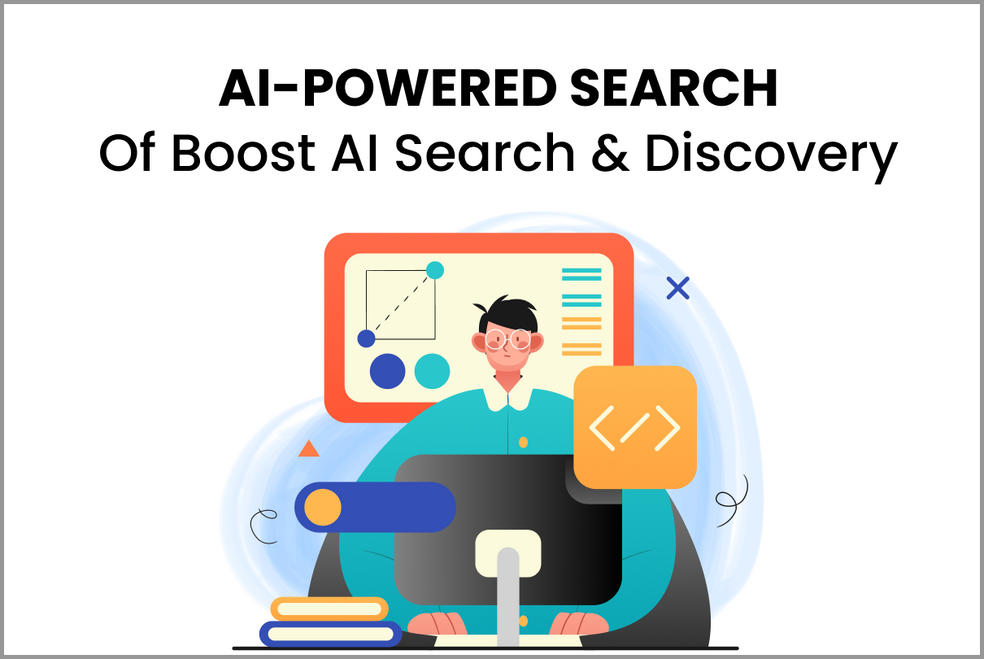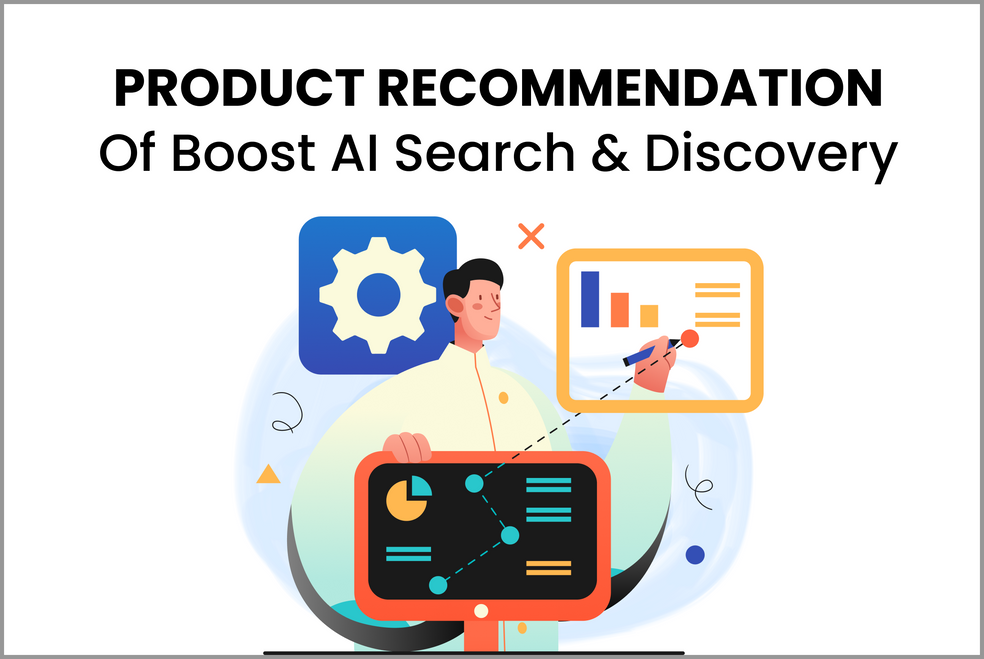What is Enterprise Search?
Enterprise search is the process of using a search engine or tool to find and organize information that resides within an organization’s networks (intranets) or data repositories.
What is Enterprise Search used for?
Enterprise search enables an organization to search for people, documents, and information across the entire enterprise database in a scalable and cost-effective manner. It also provides a single, centralized index of all content indexed on the network.
Once this is achieved, it becomes possible to locate any document or personal data with speed and accuracy that would be impossible using traditional methods. This capability makes enterprise search an invaluable tool for diverse tasks ranging from email archiving to complying with discovery in litigation.
Examples of Enterprise Search
1. Email Search
Email search allows enterprises to locate particular emails that meet specific criteria, such as the existence of a person or company name in the body of the email.
2. Litigation Holds
Enterprise search products enable an organization to identify the custodians of all relevant documents across the organization, regardless of the repository in which they may be located.
3. Document Retention
Enterprise search is often integrated with content lifecycle management and records management tools that can automatically monitor, manage and dispose of content based on a set of predetermined policies.
4. Records Management
Records management is the process of identifying, preserving, and storing records that have value to an organization. Using an enterprise search product, it’s possible to locate relevant content and designate the appropriate level of record management treatment for that content.
5. Discovery in Enterprise Search
Discovery refers to the process used in litigation where both sides must turn over relevant documents related to the matter at hand. An enterprise search product can be used to locate documents based on their metadata (eg: email author or custodian, or name of a document).
6. Contract Management
Contracts are increasingly being signed electronically, and it’s become more important than ever to be able to locate and access these contracts quickly. For example, an insurance company may search for all contracts that apply to one of its insured clients so that it can identify the insurance policy with the maximum amount of coverage for a specific situation involving a loss.
7. Compliance
Compliance is the process of ensuring that an organization is using its resources in accordance with its own policies and applicable laws. Enterprise search products also enable compliance functions by providing a solution for locating documents that meet specific criteria, such as identifying all documents in my department that were created in the last year.
Best practices: How to utilize Enterprise Search?
1. Establish a governance model
Every organization’s search solution presents a unique set of challenges. For example, some organizations may have thousands of employees across many different geographic locations. Some organizations may also have hundreds or even thousands of different content repositories that must be indexed to enable successful search results.
Because of this variance, it’s critical for companies to determine how they want their search solution to behave before importing the first piece of content into their search index.
2. Establish a consistent search interface
The interaction and user experience of enterprise search products are a critical part of their success, and it’s important for companies to establish one or more interfaces that will be used consistently across their organization. This also means making sure that the touch points to the indexing process are consistent as well from product to product.
3. Consider implementing an auto-suggest function
Auto-suggest allows users to enter a few characters, choose from a list of results, and then automatically see other possible results as they continue to type. This is a useful feature to have when searching for documents or people, as it can dramatically reduce the number of search results needed to be acted upon.
4. Develop a training and education program
Getting your employees up to speed on the features of your organization’s search solution can be very helpful in driving adoption and usage. It’s important for employees to know when and how to use the different reports and analytics capabilities of the system so that they can get the most out of it.
Effective training will also help IT teams anticipate some of the issues that may arise during implementation and set up a proactive plan to allow users to take advantage of their new search solution as soon as possible.
5. Make sure your search solution is capable of scaling
Enterprise search solutions have moved far beyond their original focus as “search engines”. Today, they are expected to be able to provide instant access to live data and analytics, advanced reporting, and a variety of other reporting capabilities. Because of this, it’s essential that companies select an enterprise search solution that will grow with them over time and enable them to incorporate additional data sources and new reports when needed.
6. Choose an enterprise search solution that can integrate with other business applications
Enterprise search solutions should be designed to integrate with existing business applications. This opens up the possibility of using your existing software as a means of publishing content into your organization search solution, which is a tremendous time saver. It’s also possible to use mainstream CRM and ERP systems for similar purposes.
















